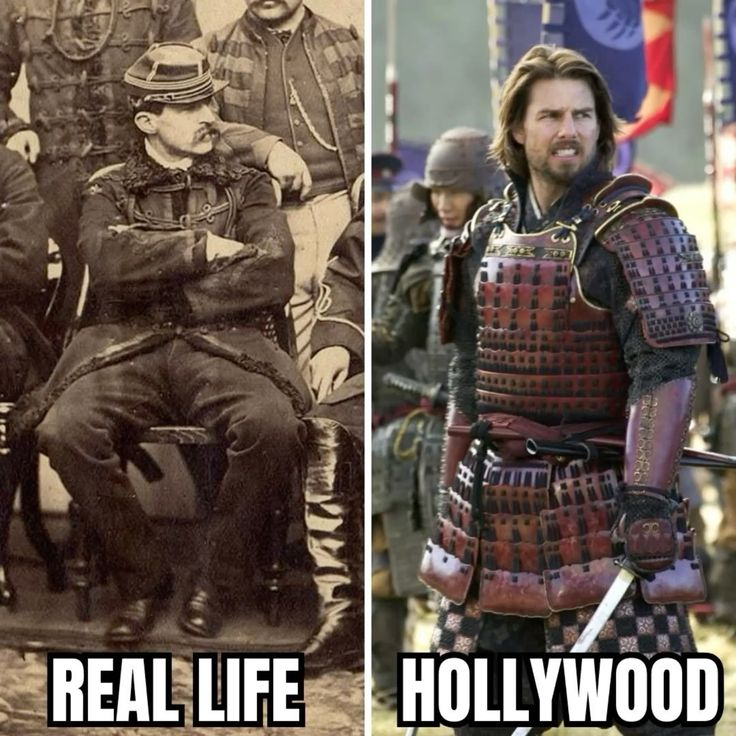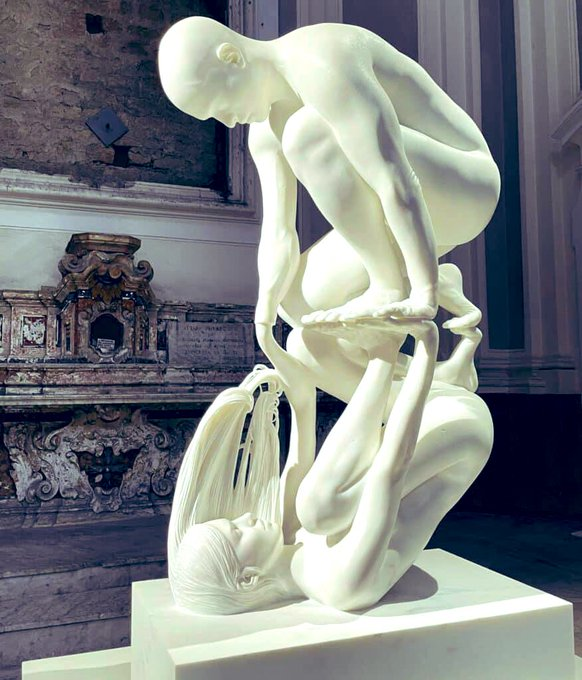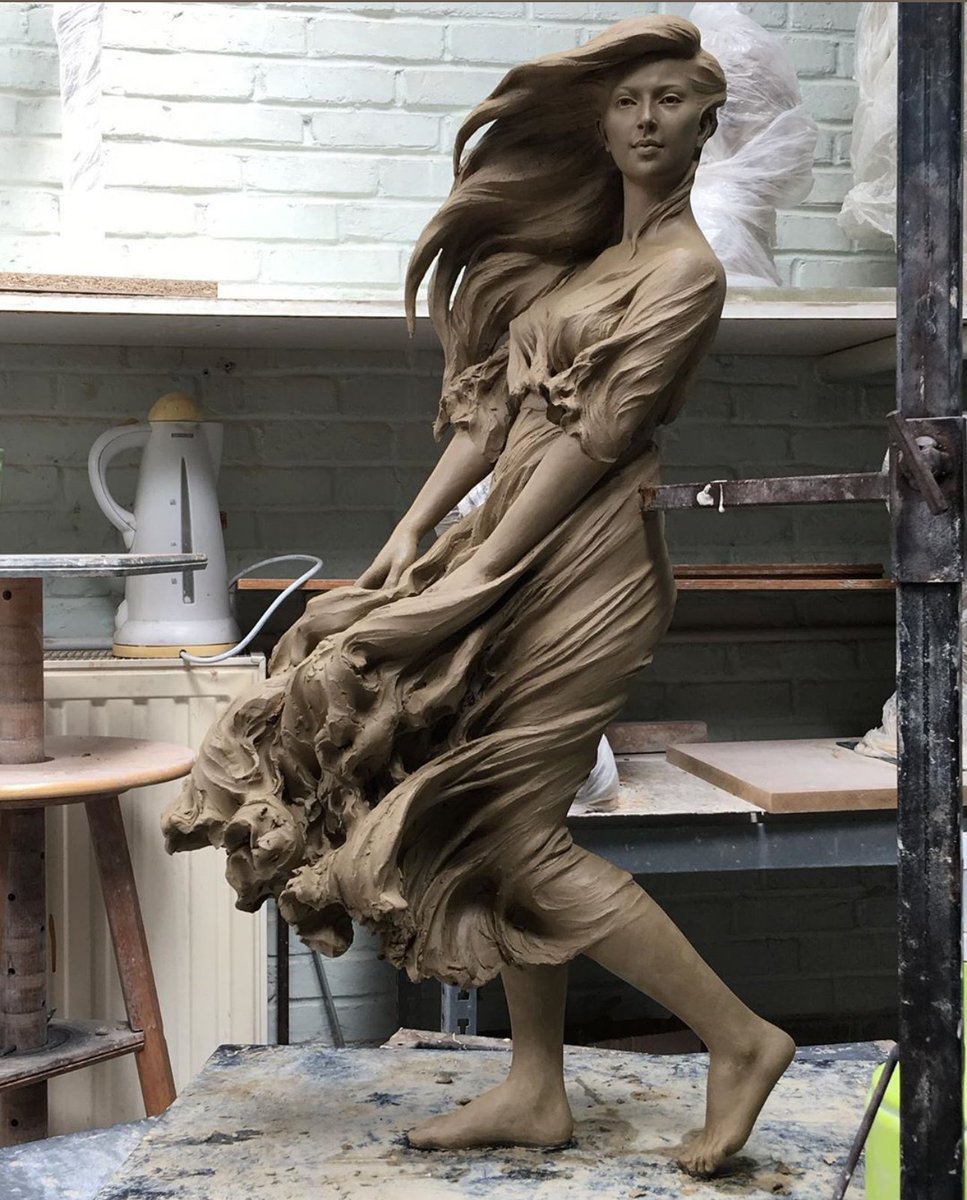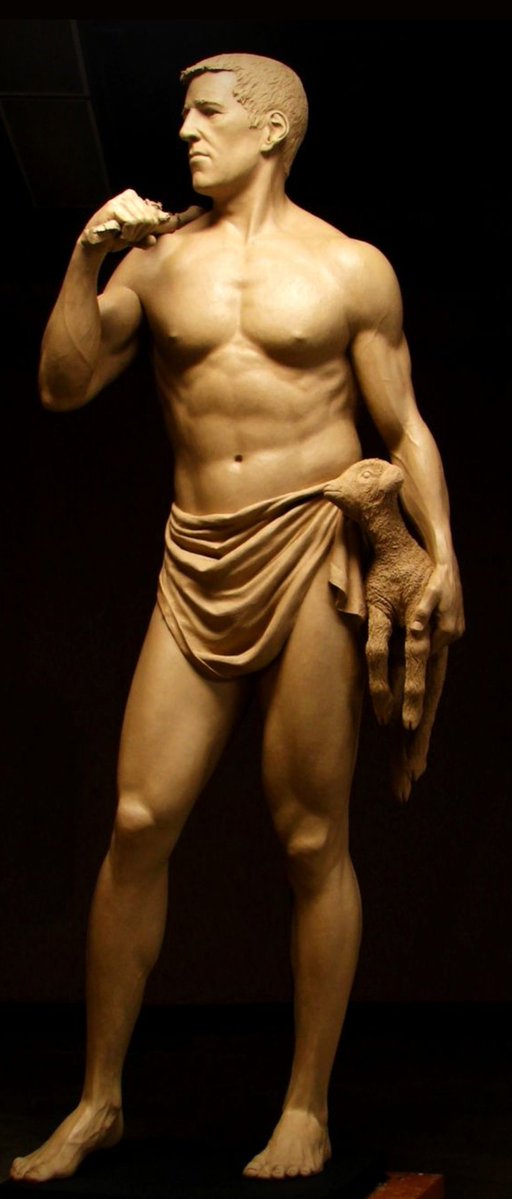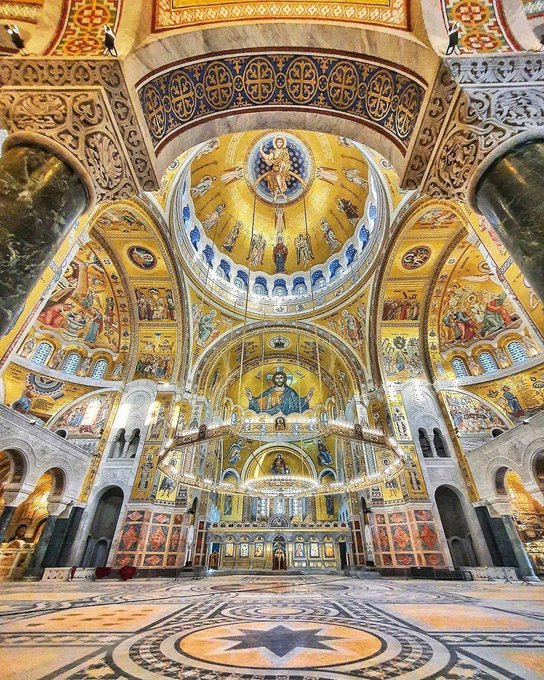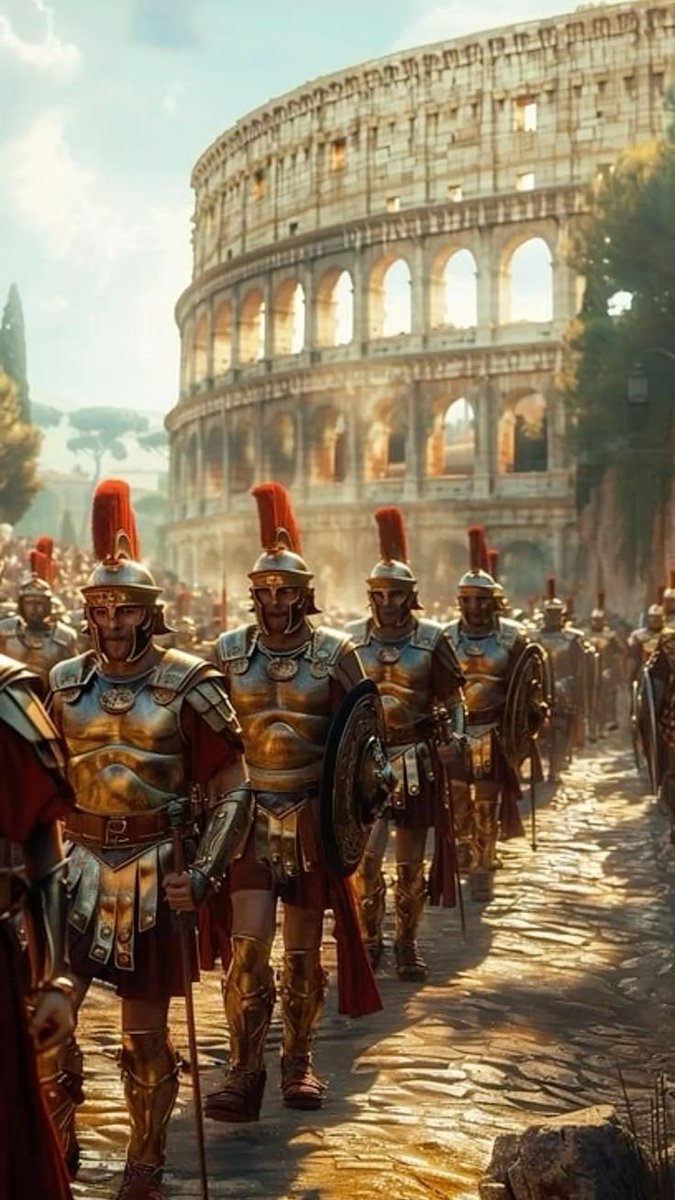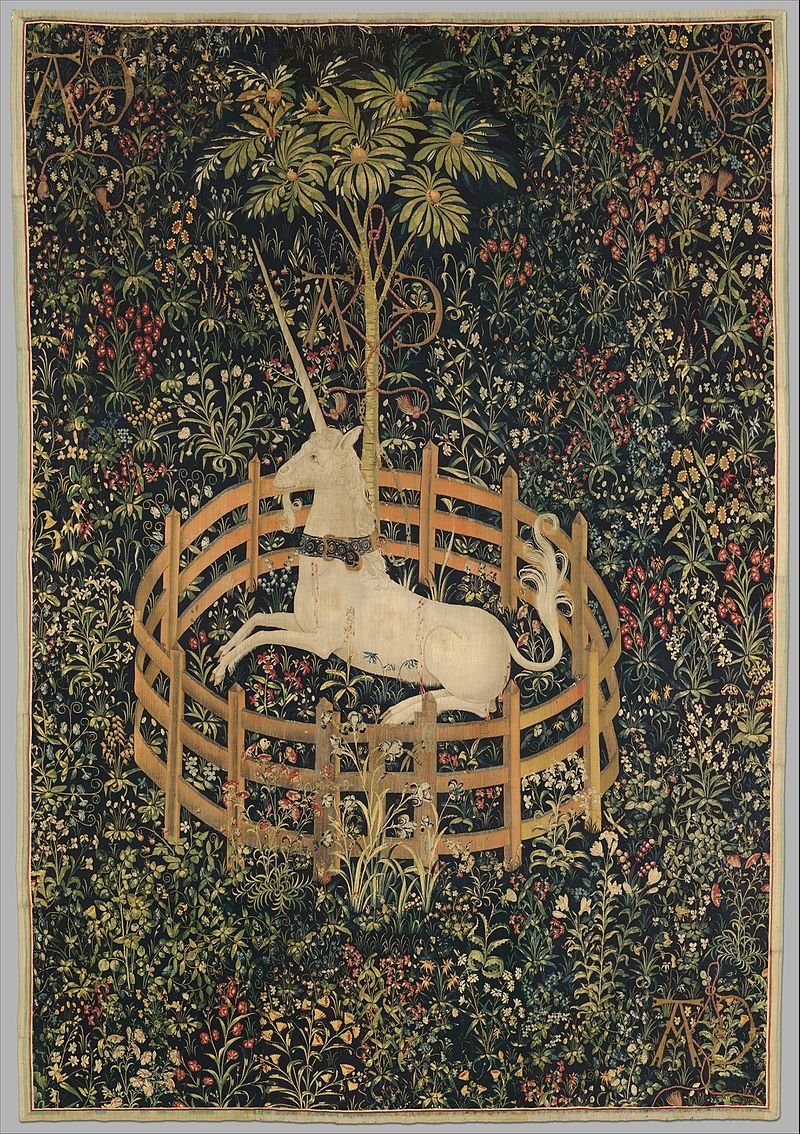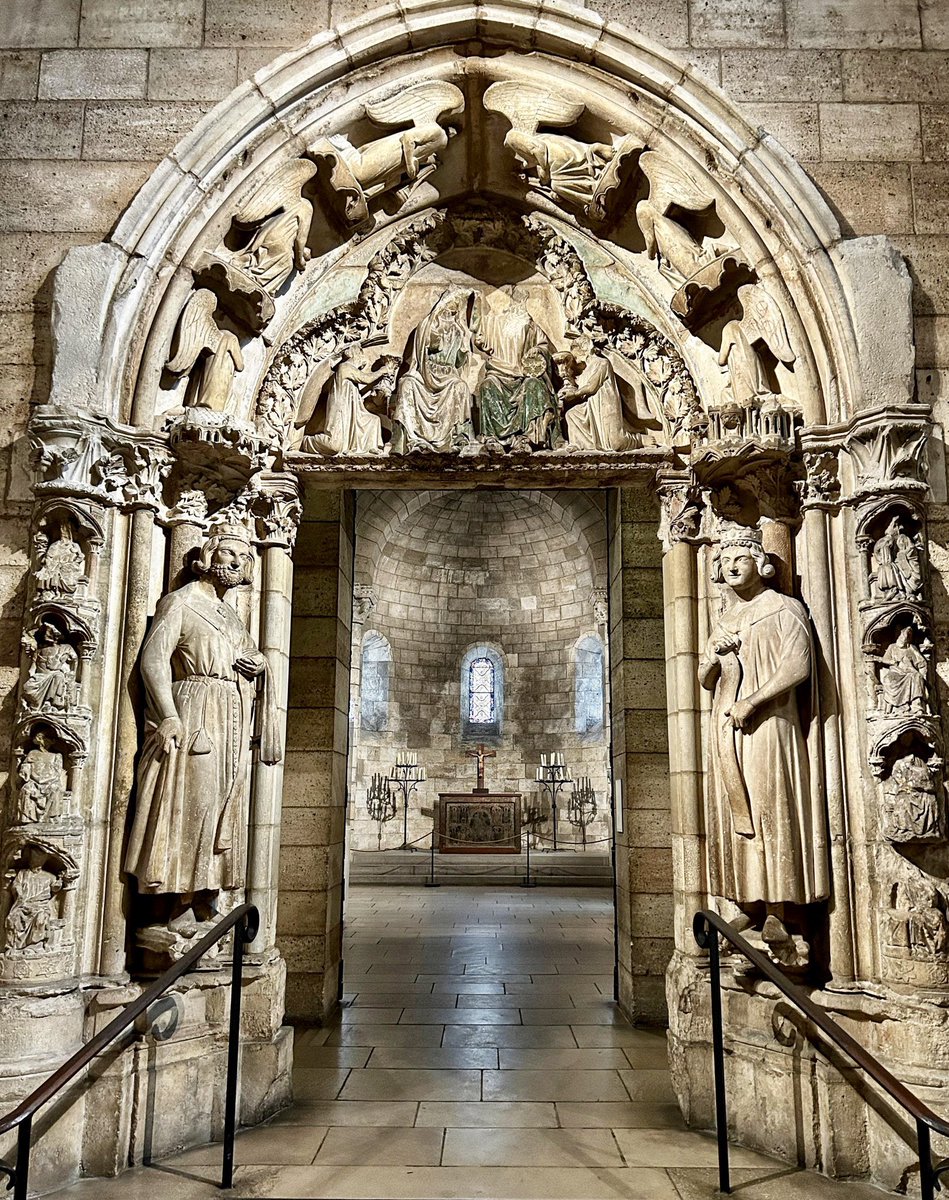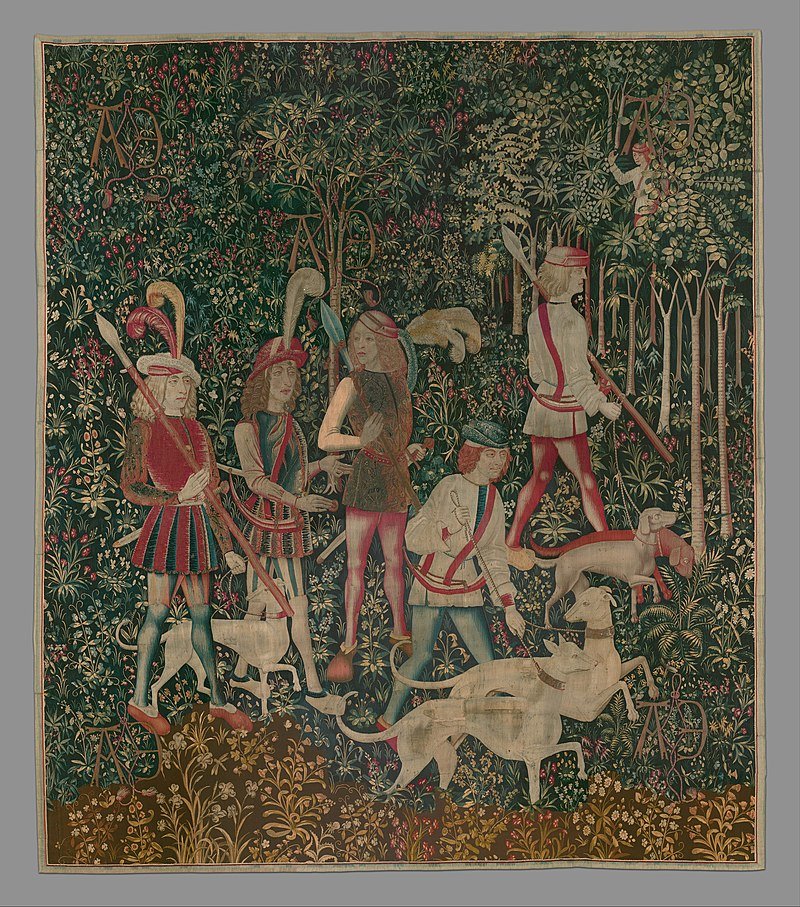We think we’re the smartest humans to ever walk the earth.
But what if ancient builders knew things we still haven’t figured out?
These 8 structures weren’t just ahead of their time; they expose our limitations and challenge our genius. 🧵
But what if ancient builders knew things we still haven’t figured out?
These 8 structures weren’t just ahead of their time; they expose our limitations and challenge our genius. 🧵

1. The Parthenon in Athens, Greece
A Building That Lies to Your Eyes. At a glance, it’s perfect.
A Building That Lies to Your Eyes. At a glance, it’s perfect.
But every column leans. The floor? Curved.
It’s all a trick.
The Greeks built in imperfections to fake perfection.
Modern architects still can’t pull this off without software.
It’s all a trick.
The Greeks built in imperfections to fake perfection.
Modern architects still can’t pull this off without software.
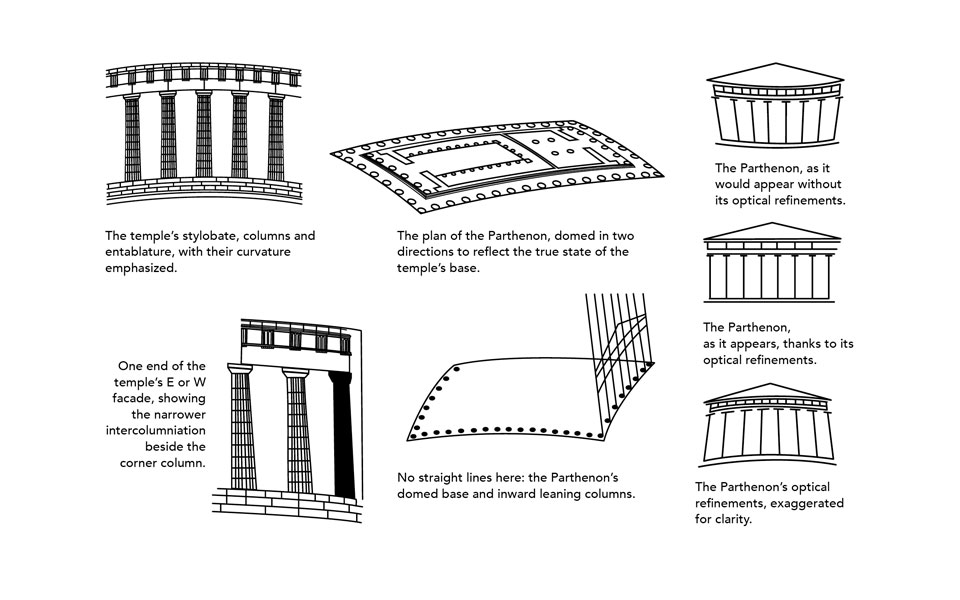
2. The Pantheon in Rome, Italy
A Dome That Shouldn’t Exist.
How did they do it? A concrete dome, 142 feet wide, that’s still standing after 2,000 years. No steel. No rebar.
A Dome That Shouldn’t Exist.
How did they do it? A concrete dome, 142 feet wide, that’s still standing after 2,000 years. No steel. No rebar.
Just a formula so strong we still haven’t cracked it.
Meanwhile, our roads crumble in 15 years. And yes, some of the roads built by Ancient Rome still exist.
Meanwhile, our roads crumble in 15 years. And yes, some of the roads built by Ancient Rome still exist.

3. The Lighthouse of Alexandria (Egypt, no longer exists)
Ancient Skyscraper 40 stories tall.
Used sunlight and mirrors to guide ships by day—fire by night.
Ancient Skyscraper 40 stories tall.
Used sunlight and mirrors to guide ships by day—fire by night.

4. Machu Picchu in Peru
Earthquake-Proof Without Mortar
Tucked in the Andes, invisible to outsiders for centuries.
No iron tools. No wheels. No mortar.
Earthquake-Proof Without Mortar
Tucked in the Andes, invisible to outsiders for centuries.
No iron tools. No wheels. No mortar.
Yet the stones fit so perfectly, not even a blade of grass can slide between.
And the whole city? Earthquake-resistant.
How?
And the whole city? Earthquake-resistant.
How?

Shattered by an earthquake after 54 years.
But here’s the twist, people visited its ruins for 800 years.
Even broken, it was too powerful to forget.
But here’s the twist, people visited its ruins for 800 years.
Even broken, it was too powerful to forget.
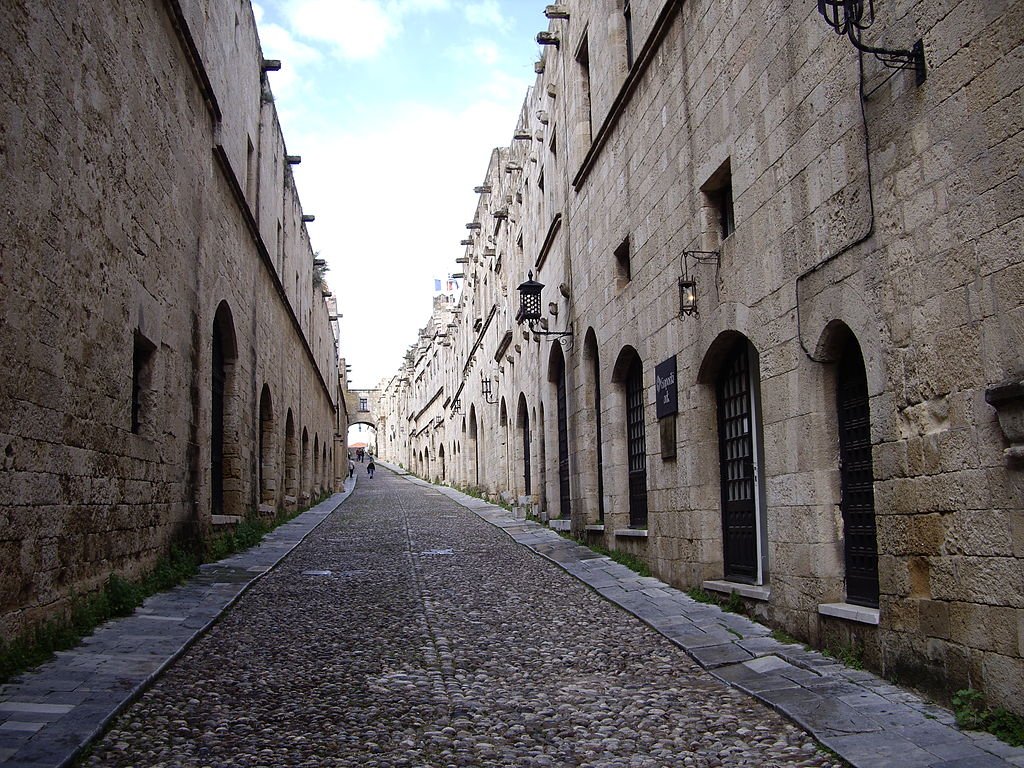
6. Petra
The City That Hid in Plain Sight
Carved into solid rose-red cliffs.
Doors, temples, entire façades—all chiseled straight from the rock.
The City That Hid in Plain Sight
Carved into solid rose-red cliffs.
Doors, temples, entire façades—all chiseled straight from the rock.

For centuries, no outsider even knew it existed.
And yet the Nabataeans engineered a water system that rivals ours.
Still think ancient means primitive?
And yet the Nabataeans engineered a water system that rivals ours.
Still think ancient means primitive?
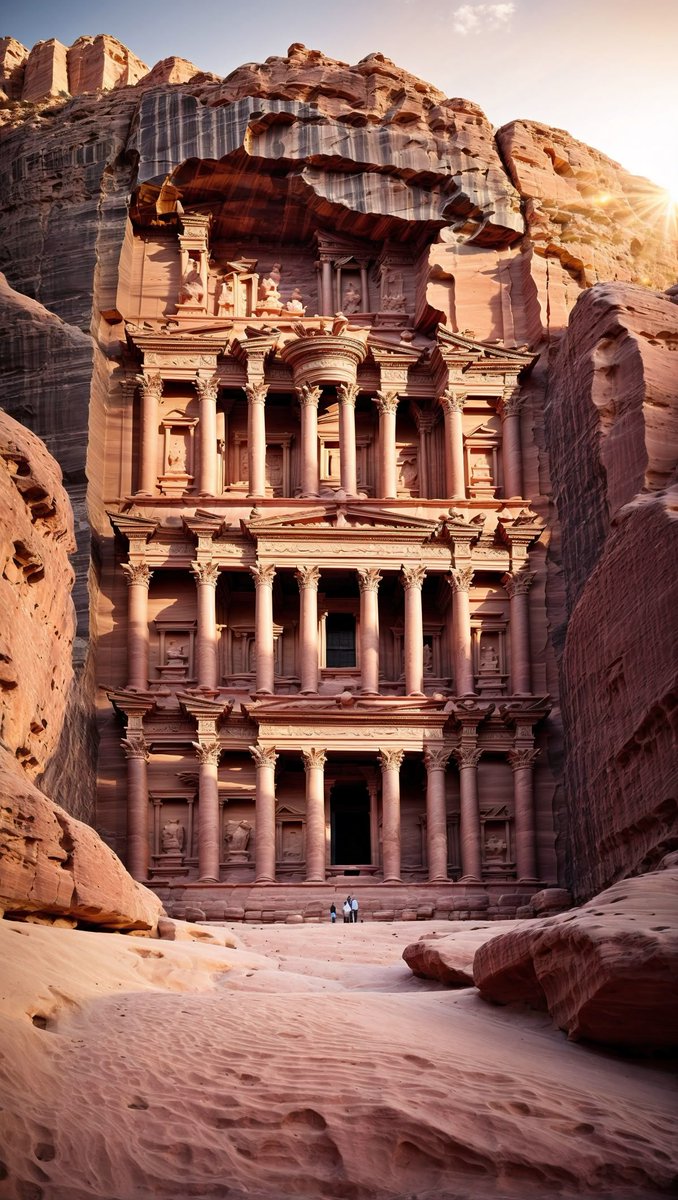
7. The Great Pyramid: A Puzzle Wrapped in Stone
2.3 million blocks.
Some as heavy as 80 tons.
Stacked with no cranes, no trucks, no iron tools over 4,500 years ago.
2.3 million blocks.
Some as heavy as 80 tons.
Stacked with no cranes, no trucks, no iron tools over 4,500 years ago.
8. The Hanging Gardens
Real or the Greatest Hoax?
A lush oasis, suspended on terraces in the desert.
Ancient writers swore it existed.
Real or the Greatest Hoax?
A lush oasis, suspended on terraces in the desert.
Ancient writers swore it existed.
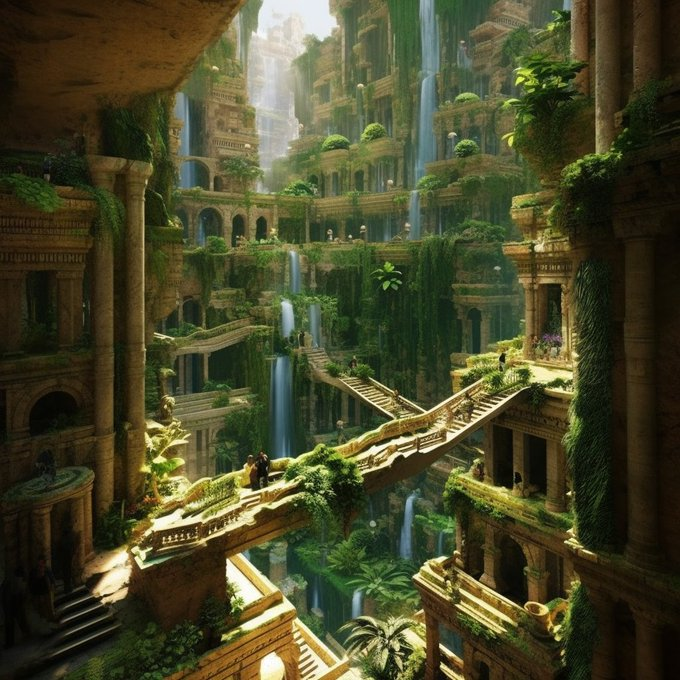
But we’ve never found it.
If it was real, it had irrigation tech we still don’t understand.
Did they build it or just imagine it better than we build today?
If it was real, it had irrigation tech we still don’t understand.
Did they build it or just imagine it better than we build today?
You’re not just reading about old buildings.
You’re staring at the limits of what we think humans can do.
Ancient civilizations didn’t just build.
They redefined what’s possible without blueprints, software, or steel.
So, what else did they know… that we’ve forgotten?
You’re staring at the limits of what we think humans can do.
Ancient civilizations didn’t just build.
They redefined what’s possible without blueprints, software, or steel.
So, what else did they know… that we’ve forgotten?
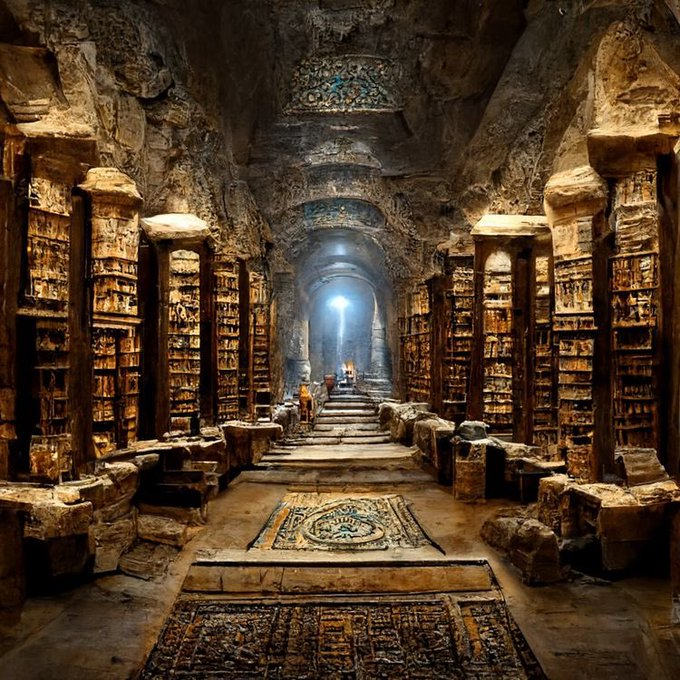
Like learning how ancient geniuses built the impossible?
I write weekly deep dives into architecture, culture, and forgotten history.
Join 9,000+ readers here:
newsletter.thecultureexplorer.com/subscribe
I write weekly deep dives into architecture, culture, and forgotten history.
Join 9,000+ readers here:
newsletter.thecultureexplorer.com/subscribe
• • •
Missing some Tweet in this thread? You can try to
force a refresh






